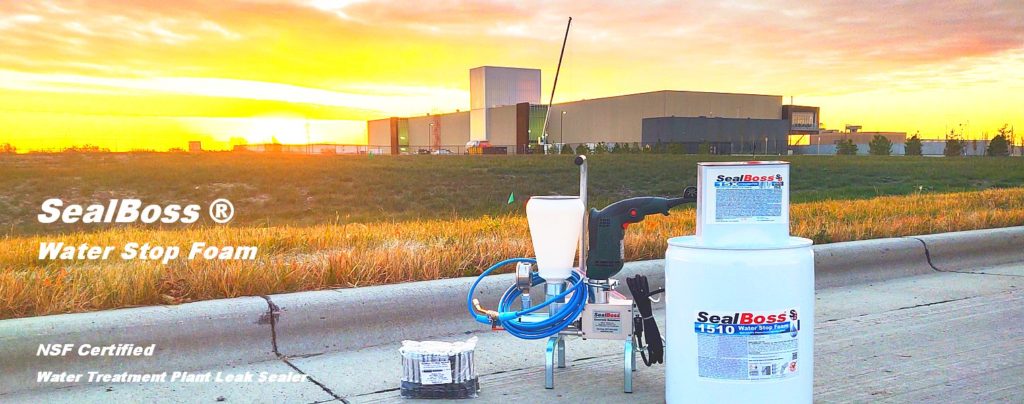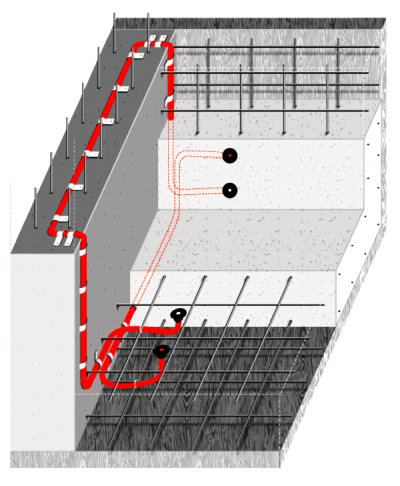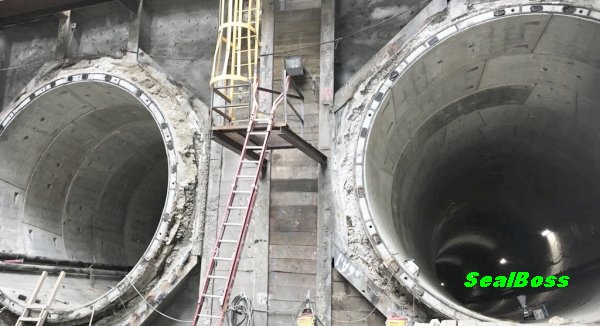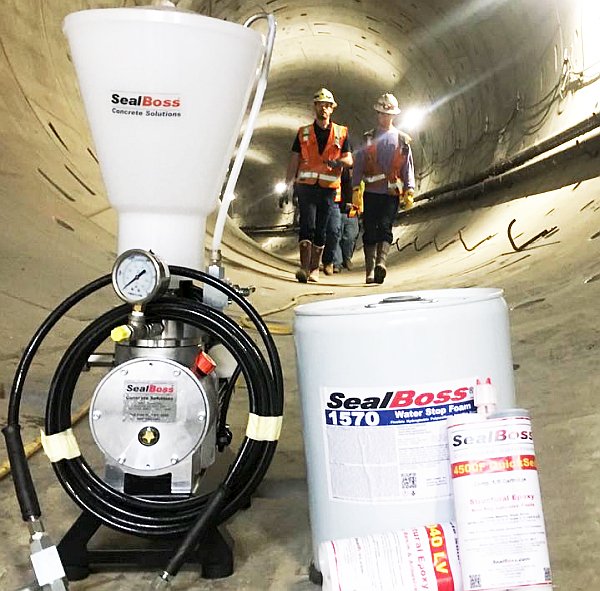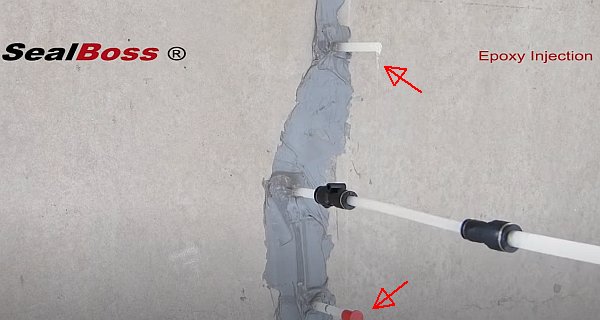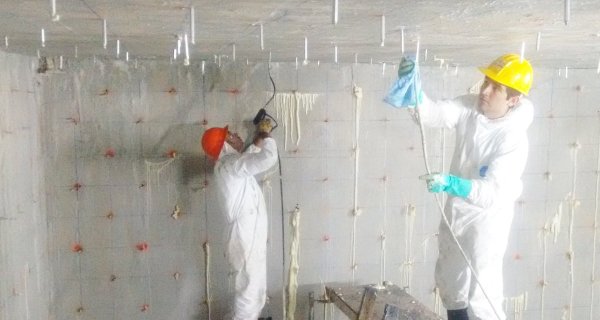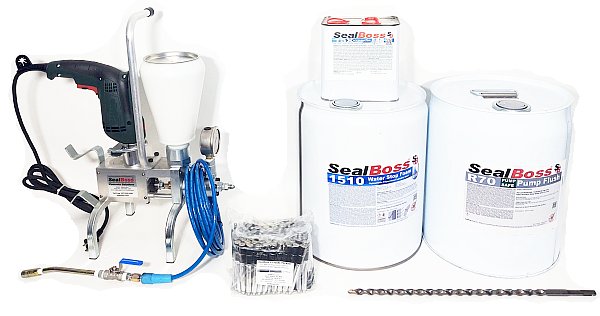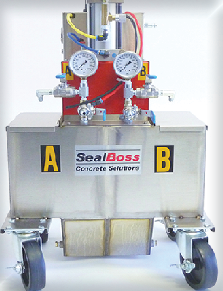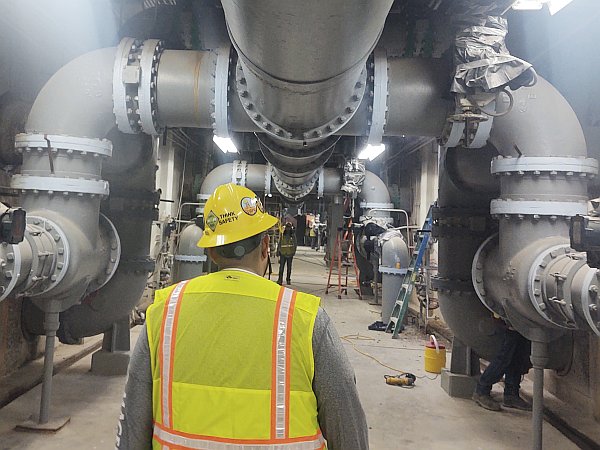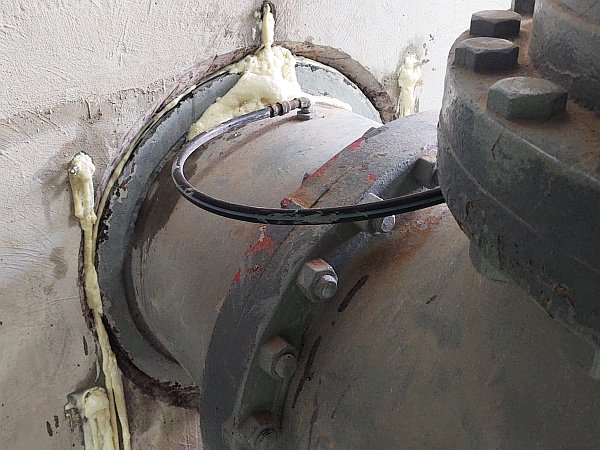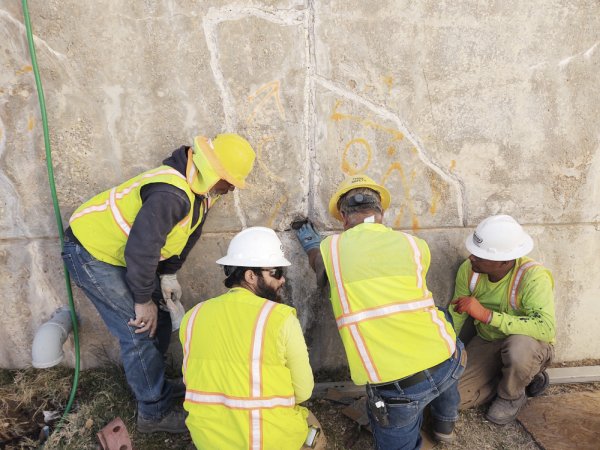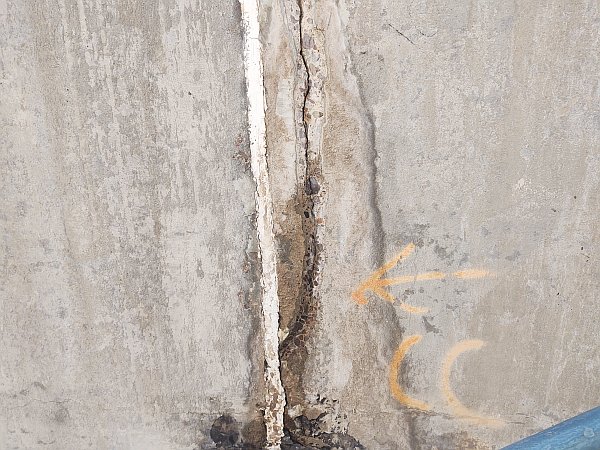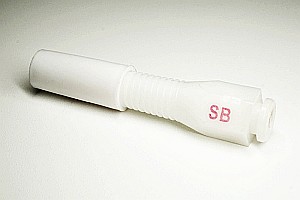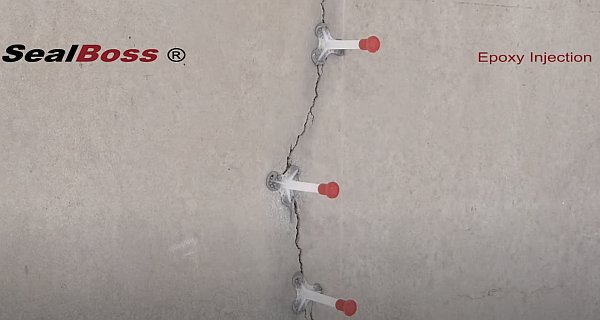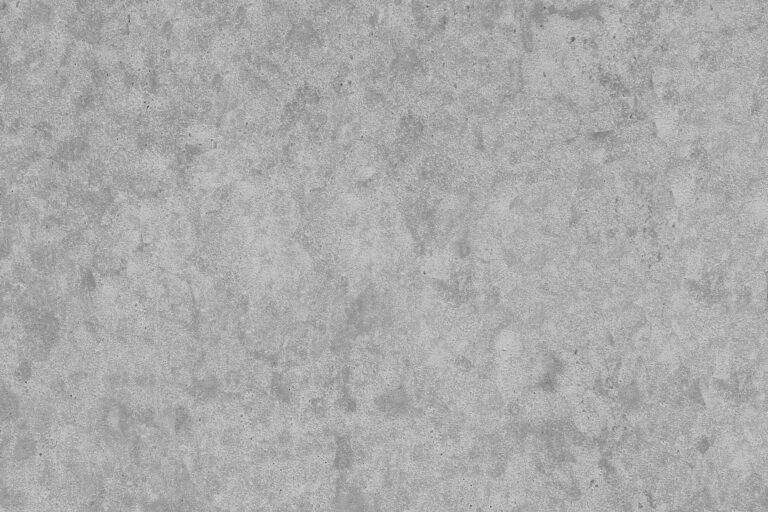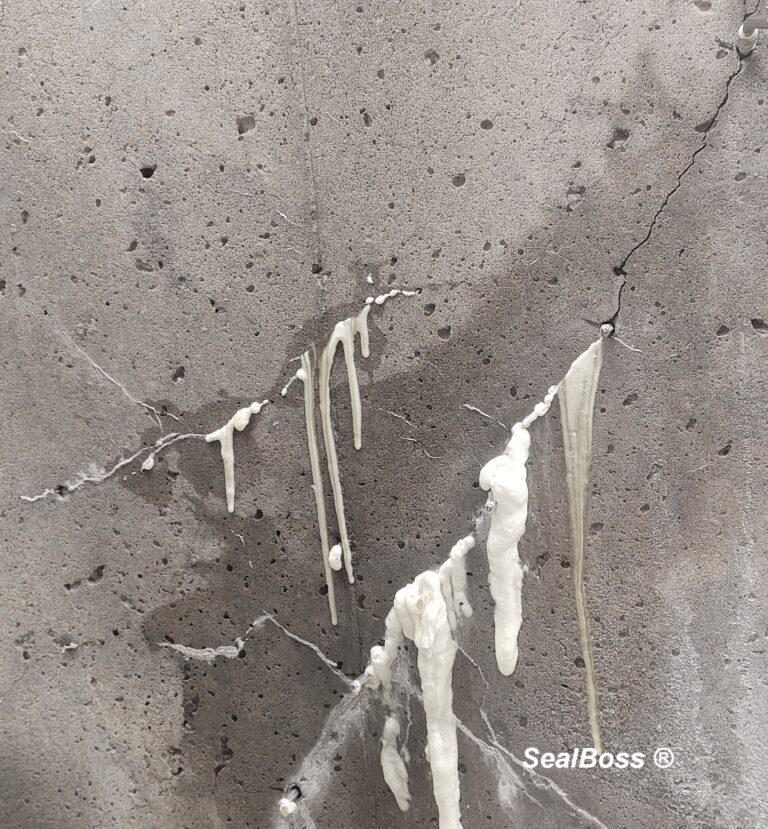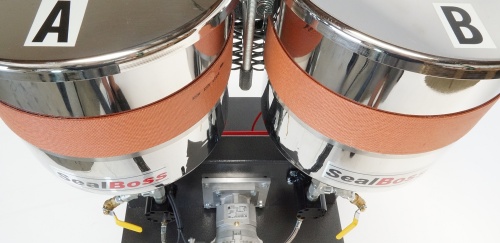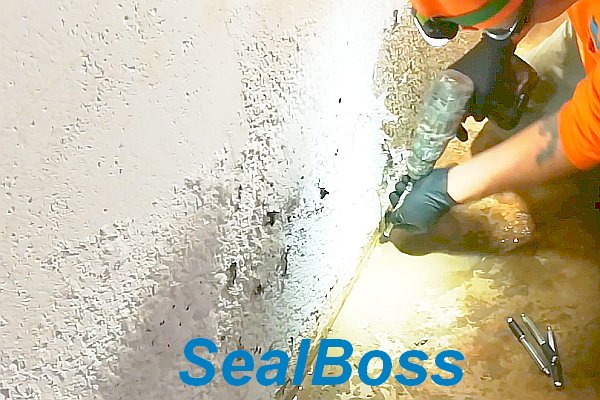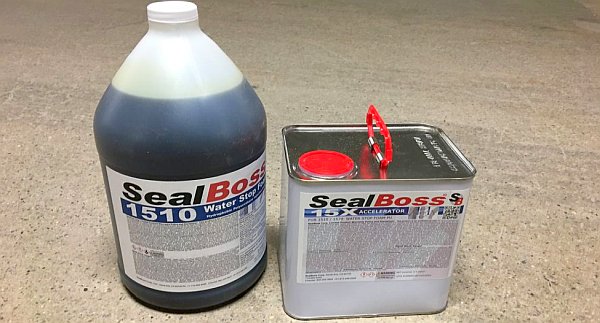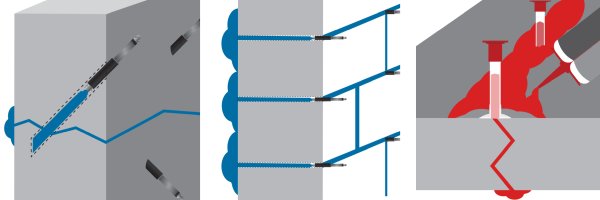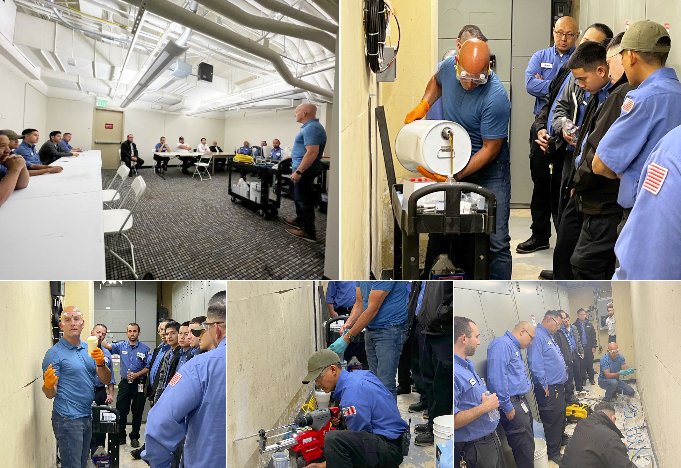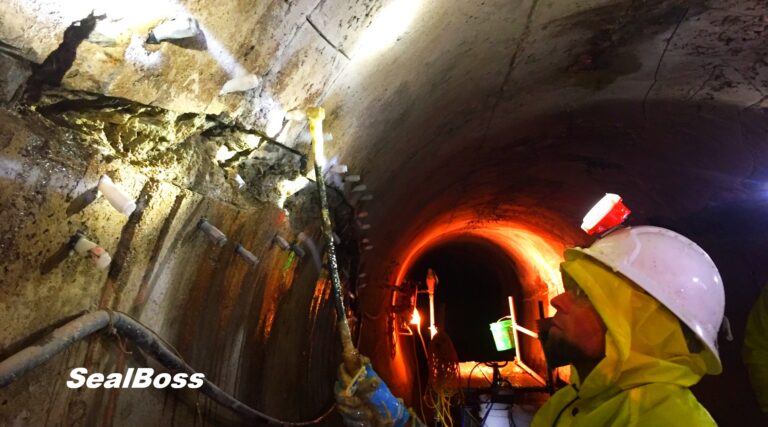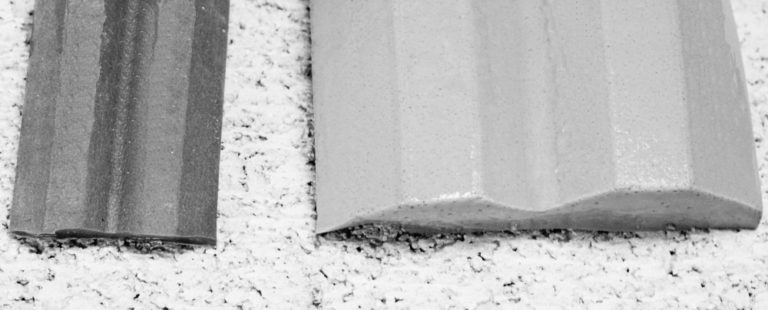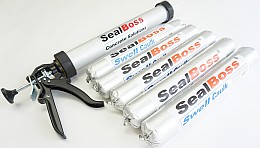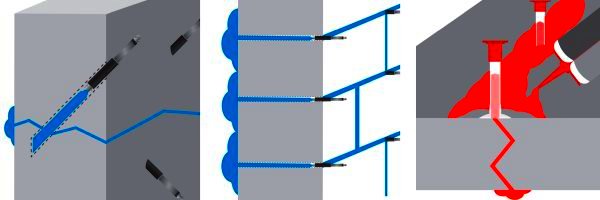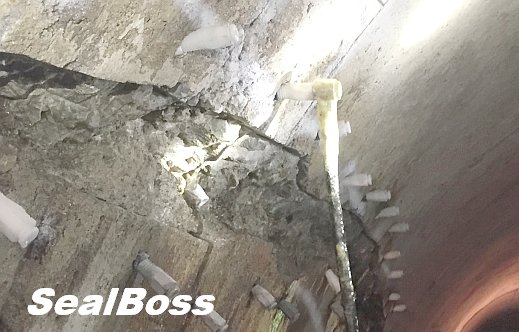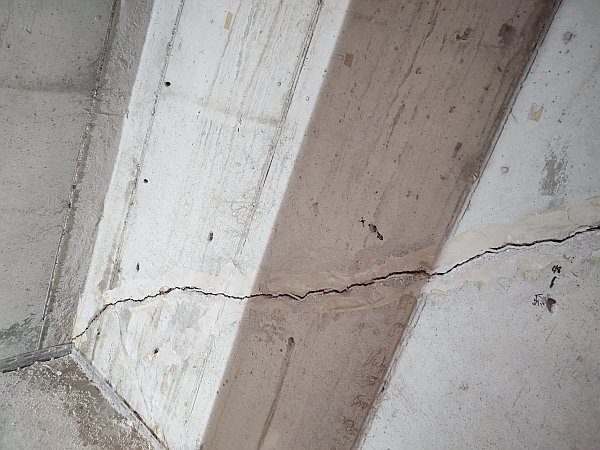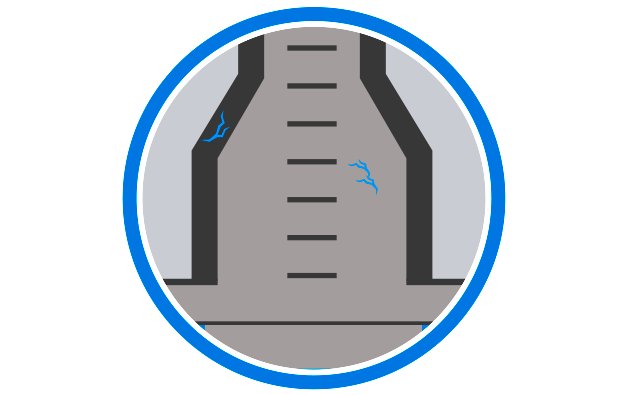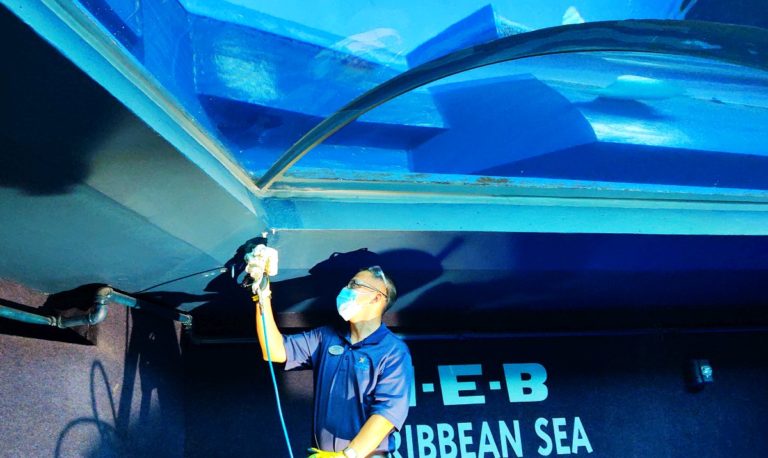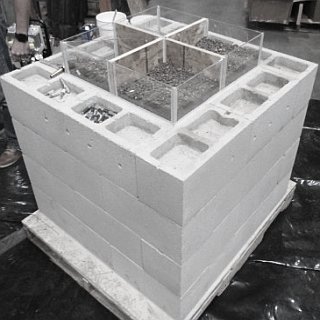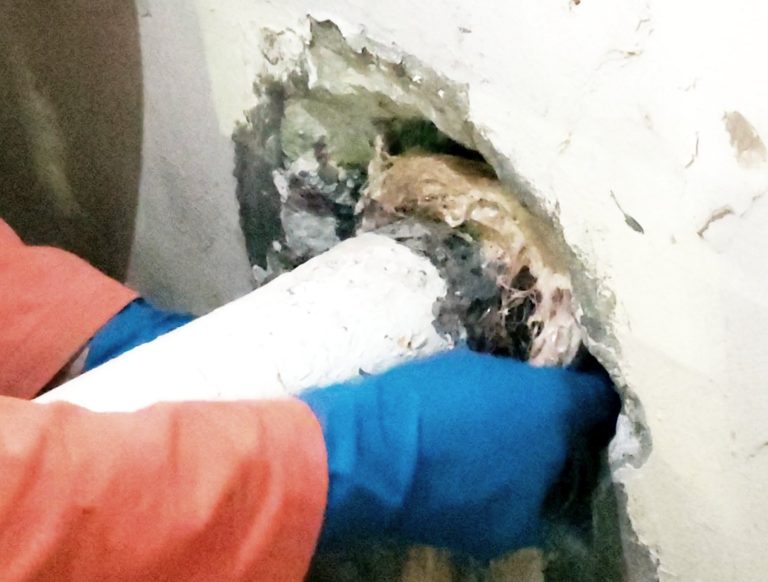Floor Joint Sealant – Tilt Up Construction Warehouse
Is Your Joint Fill Sealant System Quick, Efficient and Affordable?
Enhancing Warehouse Floor Construction with SealBoss 6500 Polyurea Sealant & JointMaster Pro2 Pump System
In the realm of industrial construction and maintenance, the quest for a joint fill sealant system that is not only rapid but also efficient and cost-effective is paramount. The SealBoss 6500 Polyurea Control Joint Fill Sealant, in tandem with the JointMaster Pro2 Pump System , emerges as a formidable solution, tailored to meet and exceed the demands of new warehouse projects.
Rapid Application for Minimal Downtime
The SealBoss 6500 system is engineered for time-sensitive projects where downtime equates to lost revenue. Its quick application procedure is a game-changer, ensuring very short downtime and facilitating a swift return to operational status.
The SealBoss 6500 polyurea rapid cure technology not only reduces labor costs but also alleviates scheduling conflicts on the jobsite, with the product being traffic-ready within minutes of application.
Unparalleled Efficiency for Extended Operations
The JointMaster Pro2 joint fill machine, when equipped with the optional Inverter Set-up and a powerful 12v Deep Cycle Battery, delivers an impressive up to 8 hours of uninterrupted working time.
This capability enables contractors to accomplish an extensive range of 4,000 – 5,000 linear feet of joint fill per battery charge, marking a new standard in operational efficiency.
Colder Climate Applications
For projects in cooler climates or seasons, the system’s adaptability shines with the availability of Heater Bands. These optional additions to the SealBoss JointMaster Pump Tanks condition the SealBoss 6500 QuickFix Polyurea joint filler for optimal performance in colder environments and refrigerated cold storage warehouses, ensuring that the cold does not impede progress.
Optimization with a Quick Cure
The SealBoss 6500 joint fill sealant boasts a shave window of 10 to 20 minutes, varying with jobsite conditions, which streamlines the sealing process.
A pro tip for achieving a flawless finish involves the application of ivory white soap along the edges before filling. This simple yet effective technique prevents shadow formation and facilitates easier shaving, allowing the area to be traffic-ready shortly after.
Superior Quality for Industrial Durability
Crafted for the industrial arena, SealBoss 6500 is a high-grade commercial joint fill product. Its formulation is designed with specific shore hardness and elongation properties to withstand the relentless demands of heavy traffic, ensuring a durable and long-lasting seal.
Tailored Specification and Support
Understanding that each project is unique, if SealBoss 6500 has not yet been specified for your warehouse, our team is on standby to assist with the product submittal and approval process. We are committed to providing personalized support to meet your specific needs.
For any inquiries, additional application tips, or technical guidance, do not hesitate to contact us at (714) 662-4445. Our Technical Representatives are equipped to assist you with any challenges you may encounter, ensuring that your project is not just completed, but completed with excellence.
Conclusion
The SealBoss 6500 Polyurea Sealant and JointMaster Pro2 Pump System represent the pinacle of joint fill technology.
They offer a synergy of speed, efficiency, and quality that is unmatched in the industry, setting a new benchmark for warehouse construction and maintenance. Embrace this cutting-edge solution and propel your projects to new heights of success.
With knowledgeable Regional Reps and a nationwide network of trained Distribution Partners, we provide contractors with the affordable materials, support and training."





























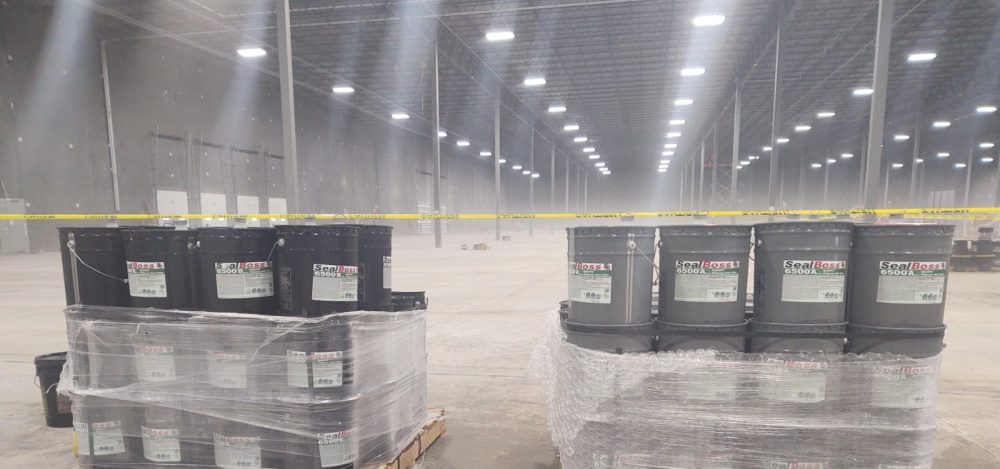
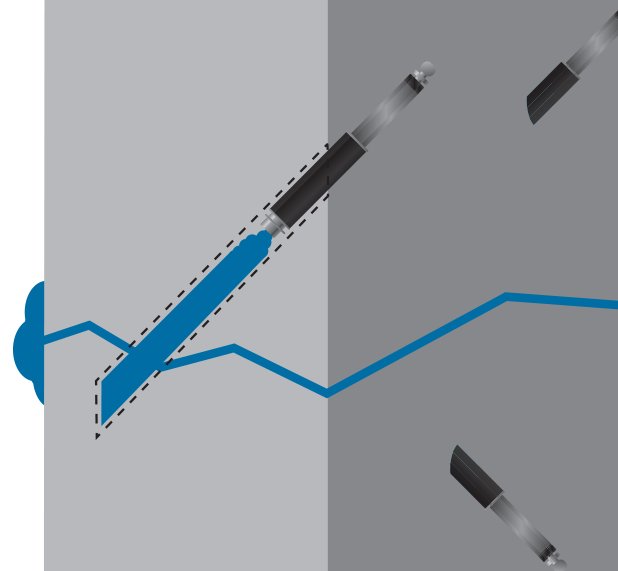
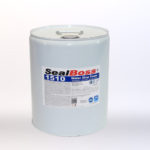
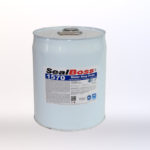
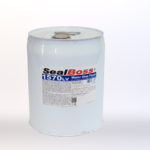
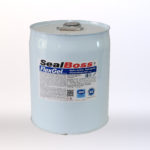
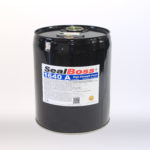
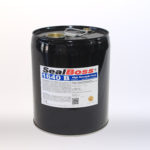
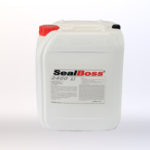

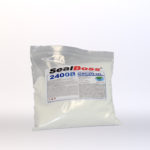
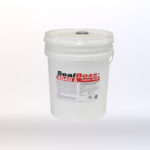
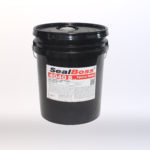
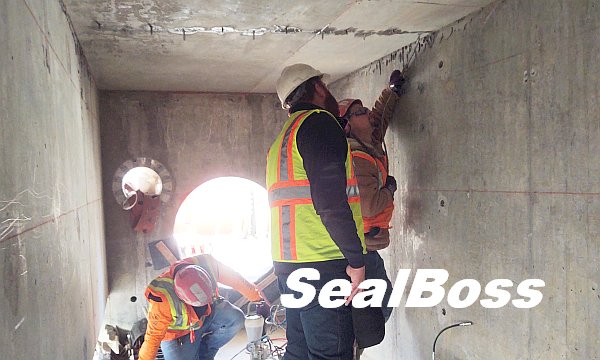
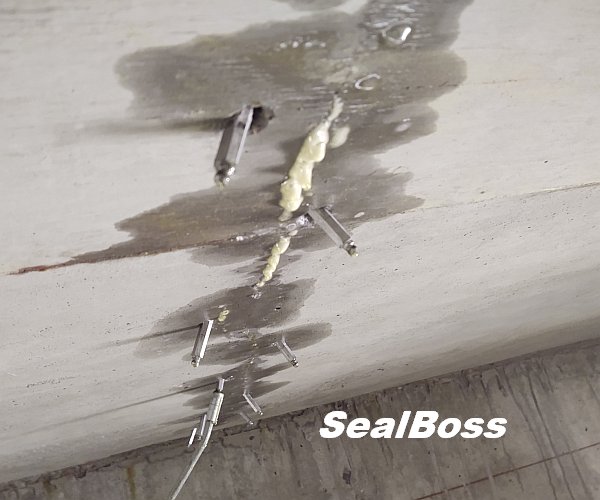
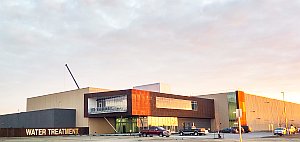 This newer water treatment plant has the capacity to meet the needs of the growing city’s population and industrial demands. It utilizes state-of-the-art technology to reduce seasonal taste and odor issues, treats for sulfates from Devils Lake discharges, and meets regulatory requirements related to pharmaceuticals, pesticides and herbicides. Located in a harsh climate, the Treatment Plant is an all indoor facility with multiple basins for the various processes of treatment.
This newer water treatment plant has the capacity to meet the needs of the growing city’s population and industrial demands. It utilizes state-of-the-art technology to reduce seasonal taste and odor issues, treats for sulfates from Devils Lake discharges, and meets regulatory requirements related to pharmaceuticals, pesticides and herbicides. Located in a harsh climate, the Treatment Plant is an all indoor facility with multiple basins for the various processes of treatment.